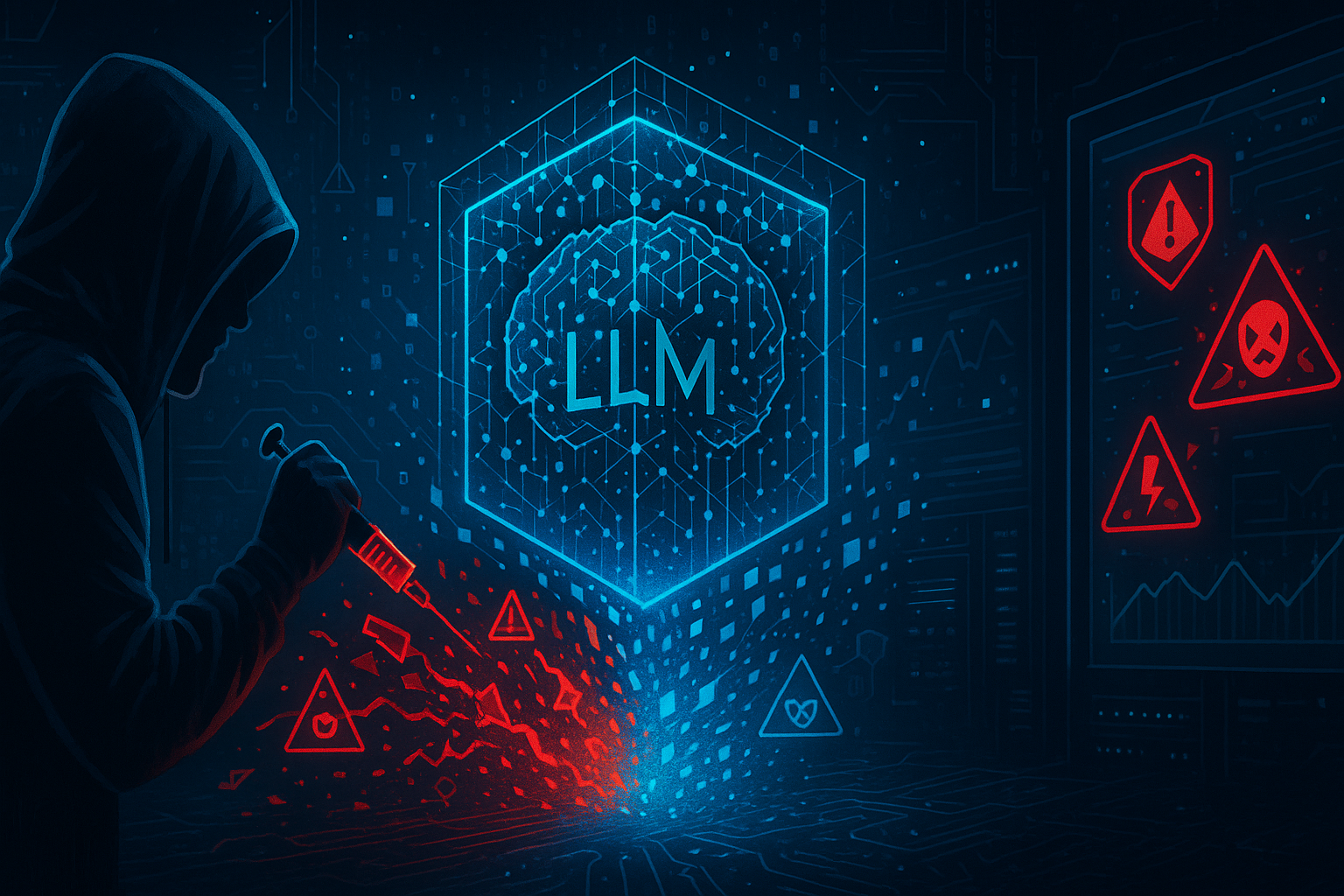You ask your favorite AI assistant for something simple: “Find me the official site of Audio-Shop Electronics — I want a new headset.” A few seconds later, there’s a link. Looks legit, logo’s shiny, name seems right. You click. Your shopping trip just turned into an nightmare.
At Link-Shield, we recently uncovered a new and creative phishing attempt:
LLMs help you find websites and hackers make you regret. Not because LLMs are evil, but because the web is full of look-alike domains, malvertising (malicious advertising) and SEO-poisoned traps — and criminals now aim directly at how people (and AIs) discover links.
How the Trap Is Set — in Plain English
- 🎭 Look-alikes that “pass the squint test”
Official store: audio-shop.comFake checkout: audio-shop-pay[.]co or audio.shop
- 🔎 SEO poisoning — attackers stuff keywords so the fake page outranks the real one for “Audio-Shop support”, “download”, “login”, “wallet”.
- 📣 Malvertising — paid ads that look official but funnel you to malware or a phishing checkout.
- 🧠 LLM nudging — booby-trapped content tries to make assistants prefer certain (malicious) URLs.
What the Data Say
- Malvertising surges: Reports in late 2024 noted sharp spikes in malvertising incidents (Wired, Malwarebytes).
- SEO poisoning remains effective as an initial-access technique (Red Canary 2024).
- Platforms fight back: Google blocked 5.1B bad ads and suspended 39.2M advertiser accounts in 2024 (Google Ads Safety Report).
- LLMs can be manipulated by hidden content or prompt-style tricks (Guardian, 2024).
“Find” → “Phished” in Four Clicks
- You ask for “Audio-Shop official site”.
- You see a convincing result — name and favicon look right.
- You click and land on a pixel-perfect checkout.
- You lose card details or credentials to a live relay. (Sometimes it even redirects you to the real site at the end as a magic trick.)
Only One Thing Stops This at the Right Time
Antivirus scans files. Ad blockers hide banners. DNS filters block some domains. Helpful, yes — but the attack happens when you open the link. That’s why Link-Shield is the missing layer: it acts exactly at click-time, where the decision matters.
Where Link-Shield Steps In
With Link-Shield, you don’t need to reverse-engineer every URL (human-shared or AI-suggested). Our agent inspects the destination as you open it and blocks the session if it’s hostile.
- 🛡️ Real-time inspection: Domain reputation, hosting, TLS hygiene, redirects, page behavior — before you type anything.
- 🧬 Phishing & malvertising detection: Fingerprints of kits, injected scripts, fake support/checkout flows.
- 🔐 2FA-steal flow blocking: Relay patterns and OTP prompts flagged and stopped.
- 🌐 Everywhere you click: Browser, SMS links, QR codes, IM apps — and yes, LLM-generated links.
Stay Safe (and Keep Using LLMs)
Use assistants for convenience — just add the missing seatbelt. Open links with Link-Shield and let us do the fingerprinting and threat checks. If it’s dangerous, we block it. If it’s safe, you shop, bank and browse in peace.
Sources
- Google, Ads Safety Report 2024
- Red Canary, Threat Detection Report
- Wired (Malwarebytes data), Malicious Ads in Search Results
- The Guardian, ChatGPT Search Tool Risks



